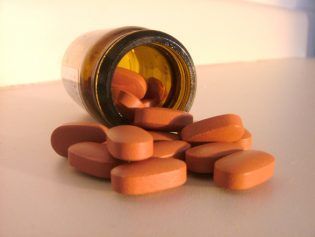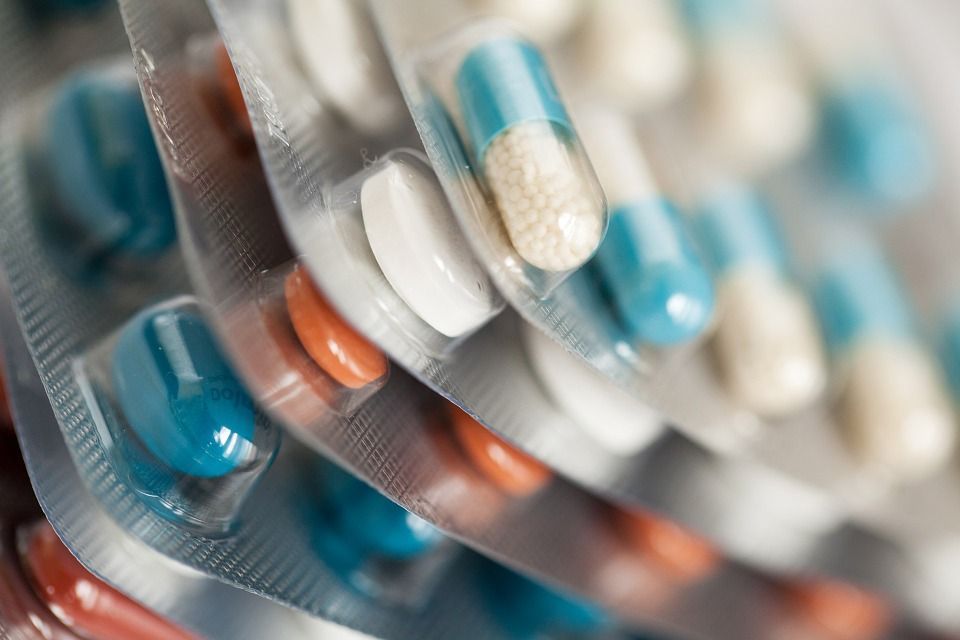 How do you prescribe?
How do you prescribe?
All dentists must learn to prescribe medicine as it forms an integral part of their profession. Learning how to prescribe as a Dental student can be quite a challenging task, however. Students tradtitionally begin to tackle the problem through pharmacology classes, however these tend to be taught within the early part of the degree and the information, when required, is quite often forgotten or diluted due to the passage of time.
Most professional dentists continue to insist, however, that a true understanding of the  context in which medications are prescribed eventually comes about through repeated experiences in daily clinical practice and is not really adequately incorporated into basic pharmacology courses.
context in which medications are prescribed eventually comes about through repeated experiences in daily clinical practice and is not really adequately incorporated into basic pharmacology courses.
 The World Health Organization (WHO) recommends that a prescription should contain the following minimum information:
The World Health Organization (WHO) recommends that a prescription should contain the following minimum information: Studies have shown that although there may be flaws in the training of dental students as prescribers, students eventually do end up developing the ability to prescribe during the course of their degree program. A recent study showed that in general, students learn through observing their teachers and more experienced colleagues.
Studies have shown that although there may be flaws in the training of dental students as prescribers, students eventually do end up developing the ability to prescribe during the course of their degree program. A recent study showed that in general, students learn through observing their teachers and more experienced colleagues.
- Drainage is the recommended treatment for periapical periodontitis and for localized dentoalveolar abscess, with
incisional drainage rather than via the root canal preferred. - Empirical antibiotic therapy and drainage are recommended for more severe infections such as facial cellulitis,
pericoronitis, lateral periodontal abscess, and necrotizing ulcerative gingivitis. - Patients who are allergic to penicillin should benefit from clindamycin; it is active against some oral anaerobes and facultative bacteria, and has the advantage of good bone penetration.
- Infections in which anaerobic bacteria are implicated (such as pericoronitis, periodontal abscess and necrotizing ulcerative gingivitis) are better treated with metronidazole
It is important to remember that in addition to the proper dosing regimens and professionally responsible prescribing practices, the general public needs to be educated about the importance of restricting the use of antibiotics to only cases of severe infection.












